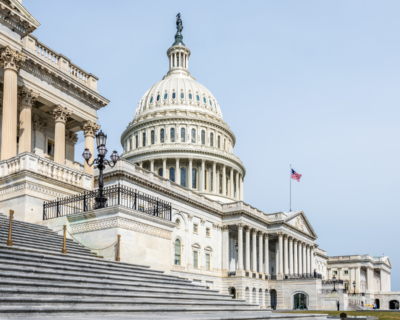Unemployment Rate May Be Worse Than You Think
The Bureau of Labor Statistics reported a decreased unemployment rate of 9.7 percent in January. At the same time, economist John Williams from Shadow Stats estimated the SGS Alternate Unemployment Rate to be between 22 and 21 percent. Williams explains how the two calculations differ:
The seasonally adjusted SGS Alternate Unemployment Rate reflects current unemployment reporting methodology adjusted for SGS-estimated long-term discouraged workers, who were defined out of official existence in 1994. That estimate is added to the BLS estimate of U-6 unemployment, which includes short-term discouraged workers.
The SGS calculation takes into consideration a wider range of people than the BLS calculation. In estimating unemployment figures, the Bureau of Labor Statistics uses the following definition:
Persons are classified as unemployed if they do not have a job, have actively looked for work in the prior 4 weeks, and are currently available for work.
Given these drastically different estimations it would be inaccurate to rely solely on the BLS unemployment rates when examining the state of America’s job market. Additional indicators, such as the SGS rate, help to provide a better understanding of the grim unemployment situation.




